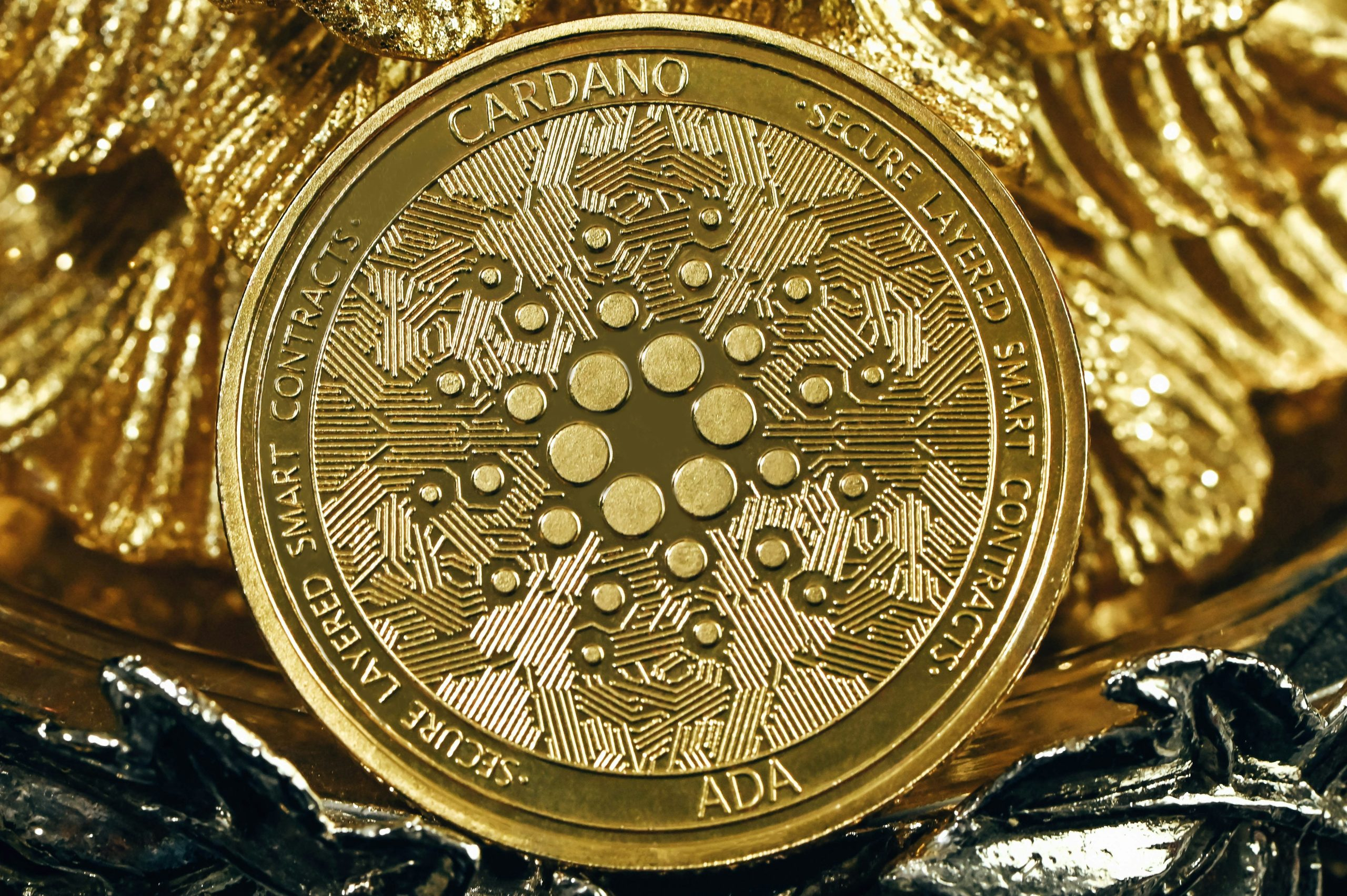NFT Runways: How Blockchain Authenticates Digital-Only Collections
NFTs, or non-fungible tokens, have become the talk of the town in the art and collectibles world. These digital assets, which are enabled by blockchain technology, allow for unique and verifiable ownership of digital items. Among the various use cases of NFTs, one that stands out is their role in authenticating digital-only collections, also known as NFT Runways. As traditional art and collectibles continue to move into the digital realm, blockchain-based authentication through NFTs is providing a groundbreaking solution for creators and buyers alike. In this article, we will delve into the concept of NFT Runways and how blockchain technology is revolutionizing the authentication process for digital-only collections.
The Rise of Digital-Only Collections
In recent years, there has been a significant shift towards digital-only collections in the art and collectibles space. With the dawn of technology and the internet, more and more creators are moving away from physical mediums and embracing digital formats. Digital art, music, videos, and other forms of digital content are now being considered as valuable collectibles, with some items selling for millions of dollars. However, one of the biggest challenges with digital-only collections is the issue of authenticity and ownership. Without a tangible object, it becomes difficult to verify the originality and ownership of a digital item.
The Role of NFTs in Authenticating Digital-Only Collections
This is where NFTs come into play. By creating a unique digital token with specific ownership information, NFTs provide a solution for verifying the authenticity and ownership of digital-only collections. Each NFT contains a unique code that is recorded on a blockchain, making it impossible to duplicate or copy. This ensures the rarity and exclusivity of a digital item, providing creators with the same level of validation and protection as physical art and collectibles.
NFTs also allow for the creation of smart contracts, which are self-executing agreements that can automatically transfer ownership or royalties to the creator when a digital item is sold or resold. This gives creators the ability to earn ongoing revenue from their digital-only collections, just as they would from physical items.
How Blockchain Technology Secures NFT Runways
The use of blockchain technology is crucial for the authentication of NFT Runways. Blockchain, a decentralized and immutable database, provides a transparent and secure system for recording and storing ownership information. Each NFT is assigned a unique code, which is then linked to the creator’s digital signature. This signature is recorded on the blockchain, creating a trail of ownership that is verifiable and tamper-proof.
Additionally, the use of blockchain eliminates the need for intermediaries, such as auction houses or galleries, to authenticate digital-only collections. This reduces the potential for fraud or manipulation, as ownership information can be easily verified on the blockchain by anyone. This also creates a more direct relationship between creators and buyers, allowing for a more transparent and fair transaction process.
Real-World Examples of NFT Runways
The concept of NFT Runways has gained significant traction in the digital art world. In March 2021, an NFT artwork by digital artist Beeple sold for a staggering $69 million at Christie’s auction house. The piece, titled “Everydays: The First 5000 Days,” was authenticated through an NFT and sold as a digital-only collection. This marked a major milestone for NFT Runways and the legitimacy of digital-only collections.
NFT Runways have also expanded into the music industry, with artists like Kings of Leon releasing their latest album as an NFT. This allows for fans to purchase a digital-only version of the album, which authenticates ownership and also includes exclusive bonuses such as limited edition album artwork and concert tickets.
Final Thoughts
The rise of digital-only collections has brought about a new era of art and collectibles, and NFT Runways are playing a significant role in this space. With blockchain technology, creators and buyers can have confidence in the authenticity and ownership of digital items, creating a platform for long-term value and revenue. As the use of NFTs expands and evolves, we are sure to see even more groundbreaking applications for NFT Runways in the future.











